Do aches in bodybuilding lead to progression? Is it recommended to train on muscle soreness? And are there any remedies to speed up recovery or to prevent muscle soreness?
Some bodybuilders do not hesitate to constantly change their program to regain the intense aches they had when they first started out. They associate the pain with the efficiency of their session. But what is it really?
Sometimes crippling, you need to know what is causing aches and pains, to realize that you’re usually wrong about how to interpret them.
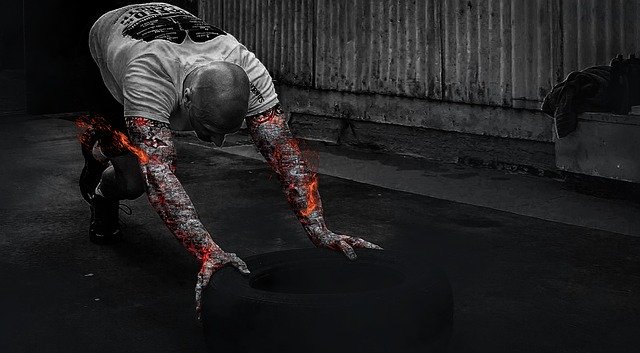
Why do we have muscle aches after weight training?
The stiffness is a rather particular pain, because it appears 1, 2 or 3 days later. Usually after unusual exertion, they can last up to 7 days! If we talk about the feeling of pain , we realize that, from one individual to another, its intensity is perceived differently. It is especially beginners who suffer the most.
It used to be that the build-up of lactic acid was what caused the muscle soreness. This is, in fact, not the case. Lactate appears quickly during exercise, this results in a burning sensation , but disappears quickly. As said before, the stiffness appears rather 24 to 72 hours later , so there is no link with lactic acid. Instead, let’s analyze what happens after a workout.
After intense weight training, energy stores are low, the nervous system is exhausted, hormonal balance is disturbed, muscles, tendons and joints are damaged.
If we zoom in on the muscles used, we could see micro-lesions on:
- myofibrils.
- muscle fibers (or myocytes).
- the fascias.
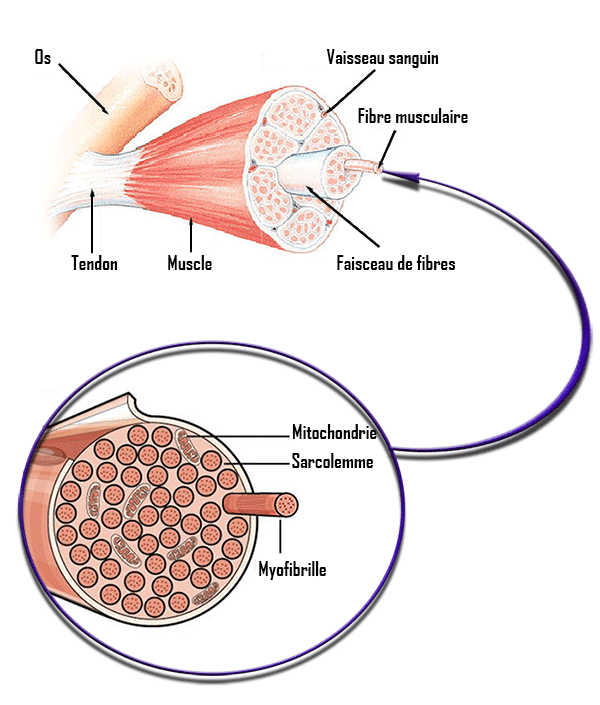
As with a broken electrical wire, if the muscle tissue is damaged it is the door open to leaks. In the case of muscle aches, it is the calcium leakage that is part of the pain. As calcium diffuses slowly, the onset of muscle aches is therefore late.
In addition to this phenomenon, our nervous system also plays a role in the perception of pain, it is also the damage caused to the fascia that is the most painful , because it is very more sensitive than muscle fibers. While a hot muscle isn’t painful, it still isn’t immune to stiffness. The pain tolerance threshold is then variable depending on the time of day, the person and the practitioner’s experience.
If the new exercises cause muscle soreness, it’s only that the muscle is stretched in an unusual way .
Deciphering the pain of aches after a weight training session
You’ve probably guessed it, the intensity of muscle soreness does not mean big muscle damage . You should not trust the body aches to ensure your progress. Besides, that’s not a bad sign either, whatever …
Aches are usually located in the center of the muscle , in this case, don’t worry. Note that it even gives you a hint on your recovery speed. However, if you’re having trouble knowing if your muscle is still stiff, you can locate the pain by:
- Contracting the muscle: by performing an exercise.
- Doing a massage: with a tennis ball for example.
On the other hand, if the aches are felt at the ends of the muscle , you must know where it comes from, otherwise you end up with a pathology, such as tendonitis or a muscle tear. They appear as a result of excessive muscle over-stretching. There are two scenarios:
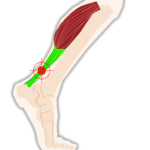
- The amplitude of the exercise was too great: the amplitude must be reduced.
- The exercise was not suitable for your body type: it must be replaced.
Note that the muscle groups most affected by this problem are the pectorals and biceps .
Sometimes the appearance of stiffness is deceptive. A stiffness in the shoulder is less common because the stretch on the deltoids exercises is weak. You have to make sure it’s not more of a pathology.
The same goes for the neck . Feeling stiff after a weight training session isn’t necessarily a good sign. It can happen after working the abs, if the head is in the wrong position.
Is it possible to exercise on muscle stiffness?
From there, you’re probably wondering if doing a weight training session on a sore muscle is counterproductive. In fact, you can quickly cross the line of overtraining if you don’t have the right working method. Therefore, it is quite possible to train on a sore muscle if you do it correctly and you can even reap the benefits!
First of all, you can benefit from the nervous overshoot. Nerve recovery is irregular and an overcompensation phenomenon may appear in the following days, where stiffness appears . Your nervous system is most efficient during the overcompensation phase. This critical moment is variable, it’s up to you to do tests to determine the overcompensation phase.
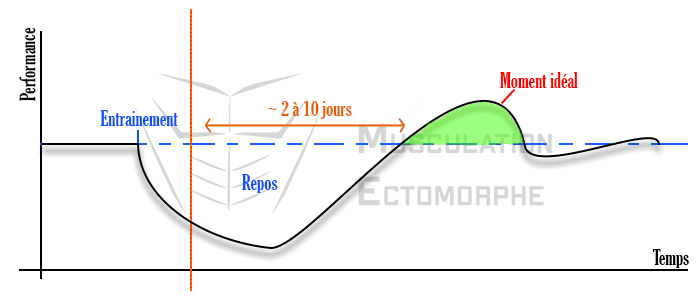
Contrary to popular belief, exercising on muscle soreness promotes muscle gain and strength gain . It can therefore be interesting to practice on a weak point, shortly after the peak of muscle stiffness.
Be careful with your training all the same. Here are some rules to follow if you decide to force aches, so as not to torture your tendons and joints:
- Light load.
- Lots of repetitions.
- Reduced amplitude.
- Isolation exercise.
Of all the muscle growth factors, congestion, time under tension and muscle burning are the most suitable.
This is the perfect opportunity to congest on a 100 series, it kills two birds with one stone. In addition to promoting muscle growth, this speeds up recovery (the muscle is better supplied with blood, the transport of nutrients essential for recovery is improved). Note also that on a weak point, the 100 series can only be beneficial for motor learning.
Likewise, it is quite possible to do your cardio , provided the intensity is reasonable.
How to speed up recovery or avoid muscle stiffness in athletes
Many “remedies” exist to calm aches and pains or to speed up recovery. This can be useful when arriving from a competition. You have to do this in advance.
On the training itself, you can limit the factors that aggravate muscle aches, namely:
- stretching: working on small amplitudes.
- The negative: you should not use a method that intensifies the eccentric phase.
- Free loads: use pulleys and machines instead.
Other tips are also worth remembering:
- Perform self-massages : to recover the fascia (using a foam roller for example).
- Warm up well.
- Wear compression socks or leggings: to promote blood circulation.
- Get enough hydration.

In fact, contrary to what you might think, stretching does not help limit muscle soreness.
When it comes to diet, there are food supplements that can help you recover from muscle soreness .
Amino acids for easier recovery from muscle soreness
To facilitate recovery, it is important to provide your body with enough raw materials to repair muscle damage . The protein intake must be sufficient, it can be supplemented by taking amino acids such as BCAAs, EAAs or peptopro during training.
Accelerate the recovery of a stiff muscle thanks to better blood circulation
The blood carries nutrients, oxygen and carries away waste products from the body. Facilitating the transport of nutrients is therefore favorable for recovery.
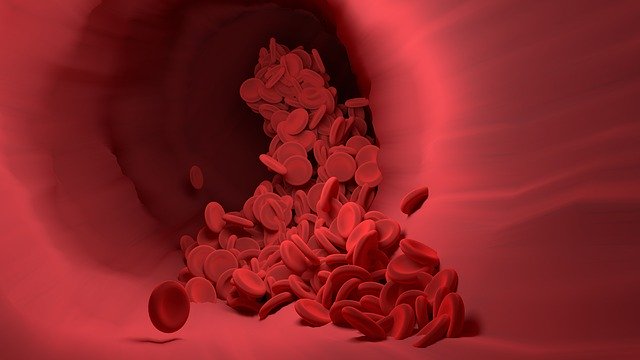
Some dietary supplements are vasodilators, which means they dilate blood vessels. Blood circulation is improved. Here is a list of food supplements having a vasodilator effect:
Citrulline
It is an amino acid capable of increasing arginine levels (increases nitric oxide level). Taking arginine directly is less effective because it is largely broken down by the liver, so assimilation is poor. Taking citrulline malate before a workout brings better muscle congestion (therefore better blood circulation). It also improves the speed of recovery between sets. Usually 6-8g of citrulline malate before training is sufficient.
Carnitine
Known as a fat burner https://steroide24.com/shop/fettverbrenner and for its effect on endurance (transports fatty acids into muscle for use as a source of energy), carnitine also has vasodilator properties. If you eat meat, you probably bring enough of it. As a result, it is especially vegetarians or people on a low calorie diet who are most affected by carnitine supplementation. Take carnitine, before or during training, should be avoided as you risk hypoglycemia.
Certain foods can also improve blood circulation:
- Dark chocolate
- Coffee
- Garlic…
Relieve muscle aches pain with post-workout arnica
To “mask the pain”, Doliprane and all other paracetamol can be effective, but should still be avoided. In this case, taking arnica may be a good alternative.
Be careful, this is just a way to relieve the pain , arnica does not help the muscle to recover.
The best way to find out if you can benefit from all of these tips is to test. Besides, if you have any feedback it can always be useful to enrich the article.


About the author